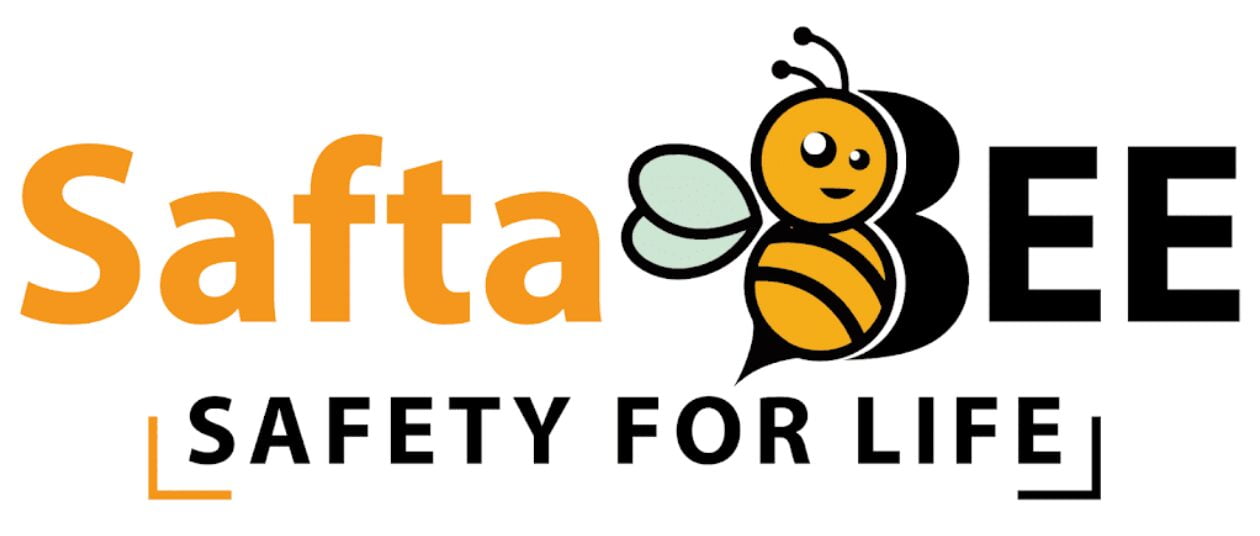Honey Bee
How to treat Honey Queens??
How to treat Honey Bee Queens?
A beehive without queen is as useless as a car without its engine. You can derive no benefit from them both. An ideal beehive is having a matured and energetic virgin queen that can lay more eggs to make the hive populous. The honey yield of a hive is often determined by the population of the hive. The more workers the hive has, the more its yield will be. A healthy and young honey bee queen lays more eggs than the old ones, thus giving more privilege to the hive’s population. These social bees, living in colonies play different roles and among them, the most important one is of the queen. She maintains the hive’s population by laying about 1500 eggs a day.
Queen Role
The role of queen bees is often assumed to be the ruler of the bee comb. But the system of a hive is more than a democratic. The major tasks are done through voting as is swarming or other functions. The daily chores are performed and assigned using chemical signals that are instinctively produced in the hive. The honey queen has to do nothing with such tasks or assignments performed in the hive. The worker bees die after two or three weeks and the drones soon after mating. But a queen lives long, she has a life span of average two to three years in which she lays eggs perfectly for the first two years and in the third year her ability to lay eggs gets reducing. And during this span of two to three years, she approximately lays 2000 eggs per day thus multiplying the population of his comb.
Life Circle
The queen lives sometimes up to five years but her productivity gets affected largely. When this happens the worker bees maneuver to get their new queen by feeding royal jelly to the larva. As soon as the new queen is ready to replace the old one, workers kill their queen by stinging her. Though callous, all this is done for the smoothness of the hive. To protect the hive from swarming, you have to keep a close eye on the queen cells forming in the beehive. If the queen’s production is affected, workers themselves work to replace her and make some queen cells out of the hive. If these cells are random, they are preparing to replace the queen that is a good omen. But if these cells are in abundance inside and outside the hive, you have to get alert as it is a clear sign of the swarming of the bees. In such cases, if the bees swarm the population of the hive gets half and you have to wait a whole season to get the hive populous. To avoid such cases, keep a keen look at the beehive and check randomly if the baby cells are filled properly with eggs that will manifest the proper functioning of the mother queen.
Worker Bees
The workers when feeding the cells to e a queen feed more than one cell; this makes them viable to choose the best for their honeycomb. The cells that are fed to be the queen have to fight for their survival. If one queen hatch earlier from others, she is supposed to kill the rest unhatched eggs by stinging them; or if two queens hatch at the same time, they have to fight till death to determine the next queen of the hive.
As revealed from her name, the queen is given a royal attendance. She is looked after by a group of bees who constantly escort her and do multiple duties for her. They even predigest her food as the queens aren’t given the digestive glands. They are fed predigested food, which is prepared by her attendants. A queen would die without her attendants. The queens are fragile creatures. If you find the hive insufficient for queen’s nurture or the queen cells aren’t building in or outside the bee comb after the queen’s productivity is lost, you should separate the queen cells in a separate cage. Look after them well and once they get matured, place them in the beehive. If she is able enough, she will get her crown from the precedent queen and the population or harvest of your beehive will not be affected.
Hive Care
Take much care that your hive should never be queenless. If this happens so, the hive will lose its population and the honey harvest will be affected, as the bees need a complete season to settle down in a hive. You can check the queen’s presence with the egg cells. If the hive is replete with honey but you find no new larva or egg cells it manifests that the hive has lost its queen. It’s the time to thrive for a new queen brooded inside or outside the hedge that will back up the hive’s population making it a perfect honey society.
The last thing you should always keep in mind while dealing with honey hive is taking a close look that your hive has only one queen. In normal cases, the vigorous queen kills the fragile one if they are more than one. But if both are equally strong, another apprehension gets birth and that is of swarming. In case of swarming the hive’s population reduces and the bees have to struggle a whole season to come back to its normal quantity. So, the queens are the vital figure of a beehive who isn’t emperors but they play as the nucleus of the hive. If the queen of your hive is right, your yield of honey will be perfect.
